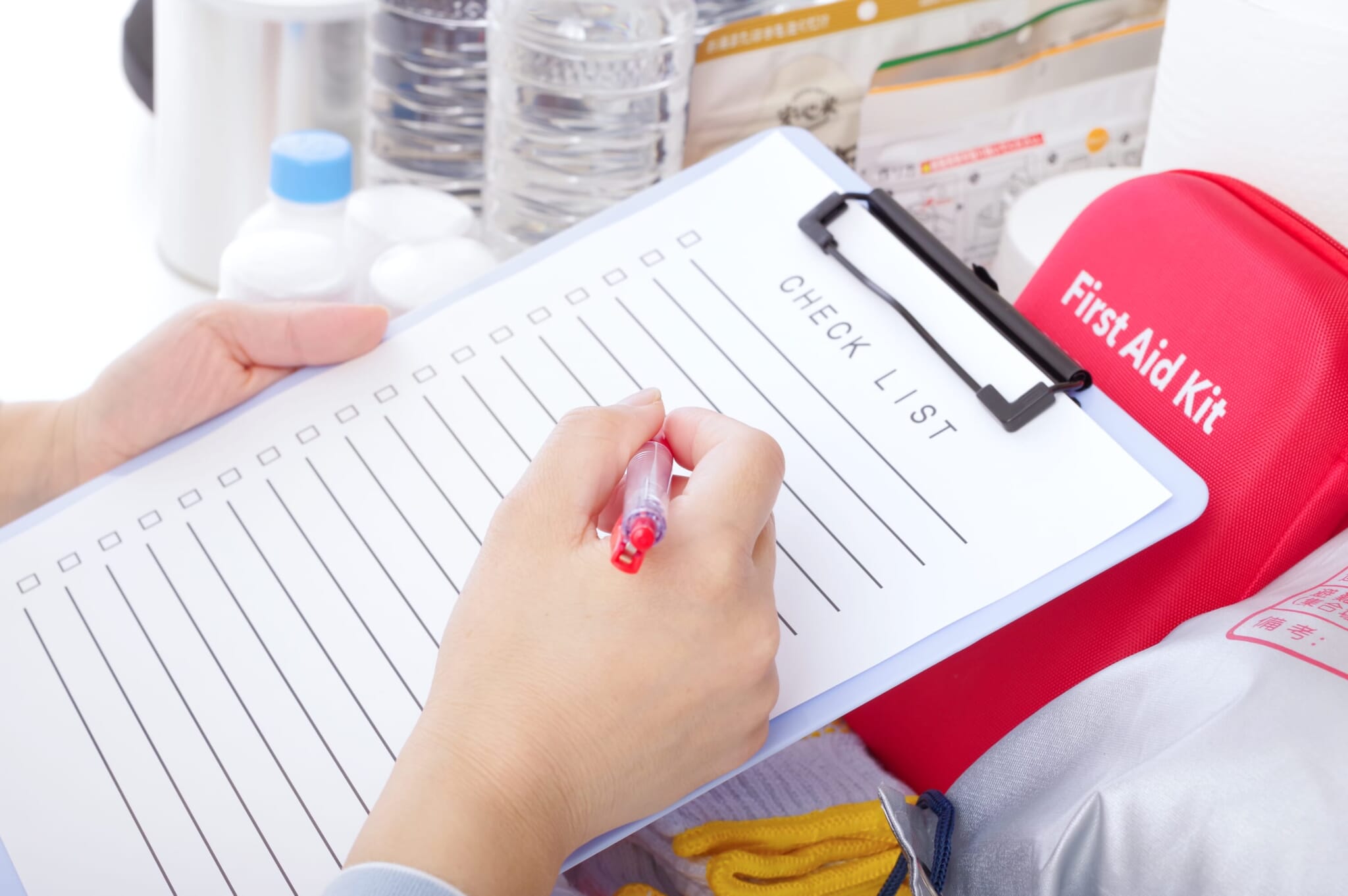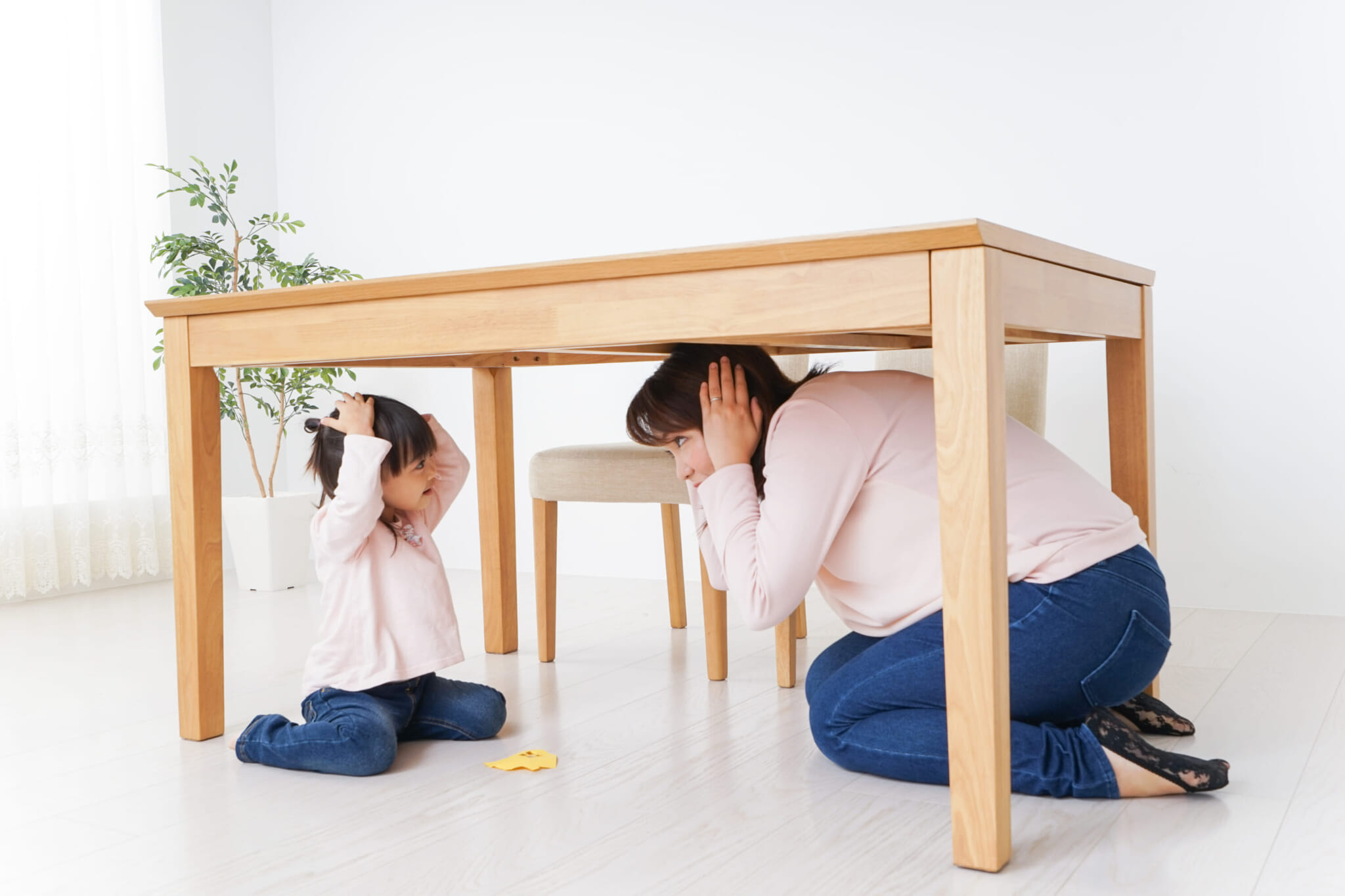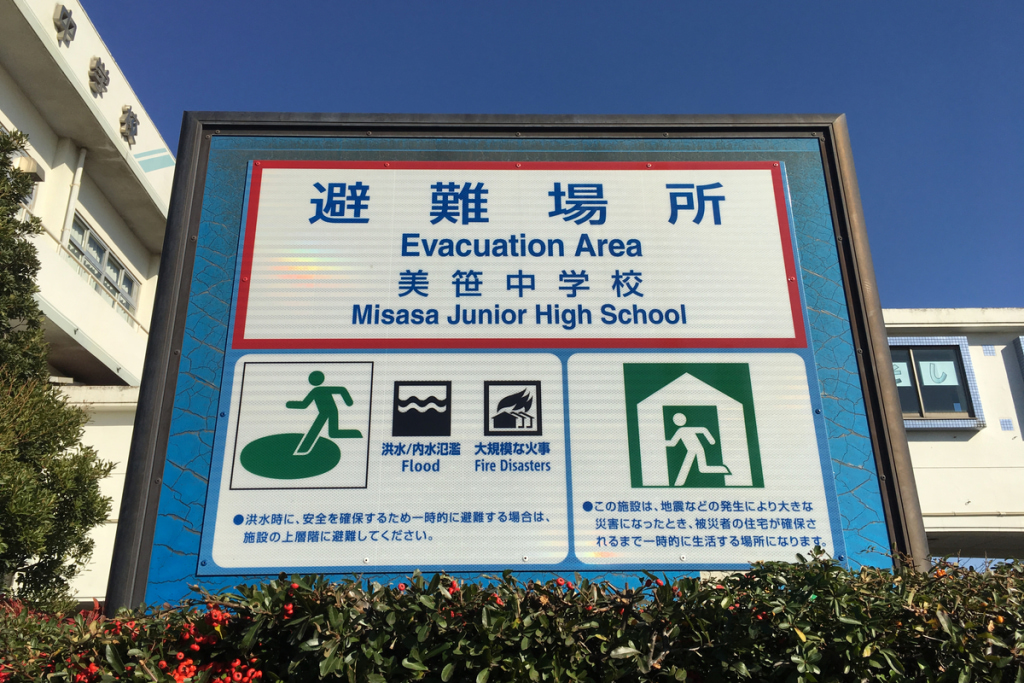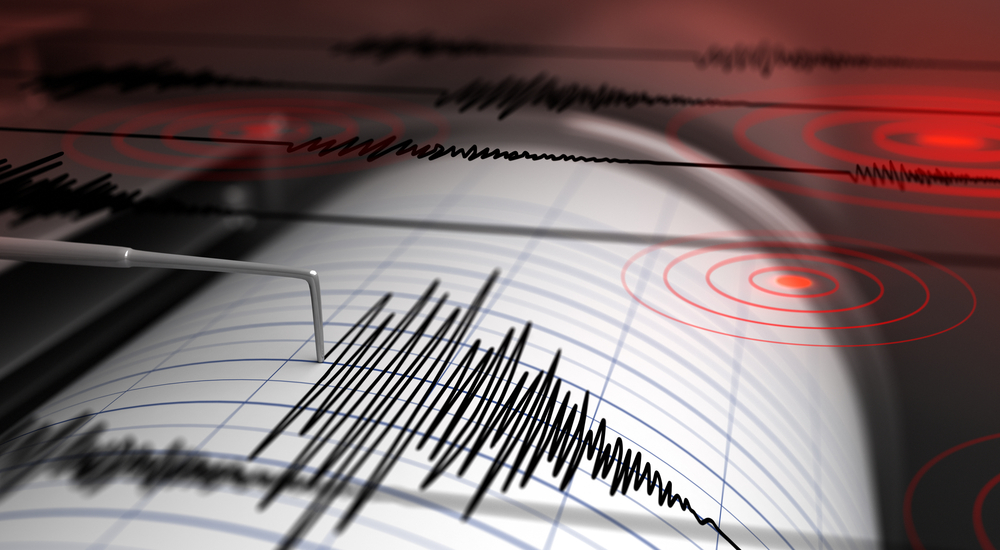Within the next 30 years, it is very likely that Tokyo will experience a huge earthquake. Every detectable tremor comes as a minor shock, something that you may never become fully accustomed to. Occasionally a larger shake will hit, causing you to wake in the middle of the night thinking that you must be ready for “the big one.” Here’s a TW guide on how to prepare and what to do in the event of an earthquake.
Japan and Earthquakes
Japan’s location on the Pacific Ring of Fire means two things. The first is its beautifully varied scenery, full of lush trees, volcanoes and mountains. The second is that the country experiences over 40 minor earthquakes every single day. Many are undetectable by humans, but when bigger ones hit, wobbling things around you, it can come as a surprise.
In Japan, earthquakes are measured on the seismic intensity scale, which goes in magnitudes from 0-7. An earthquake of level 0 won’t be felt by humans, yet an earthquake of level 3 will rattle dishes and swing light fixtures. At 6, it is unlikely you’ll be able to stand, as the shaking will be so intense and the highest seismic level, 7, will topple particularly old buildings.
The Noto Peninsula earthquake on January 1, 2024, killed 222 people and reached a magnitude of 7.6. The Tokyo Metropolitan Government has a helpful guide regarding seismic levels .

Before the Earthquake
What to do to prepare for a major earthquake.
Emergency Kit
If you’re a resident of Japan you will need an emergency kit in a quickly accessible place. Premade emergency kits are available, or you can prepare your own. All you need is a backpack and supplies to store inside it.
Things You Need in Your Emergency Kit
The below are recommended items for your emergency grab-and-go bag.
- First aid kit (i ncluding any medication you are taking)
- Three days worth of water (t here’s a high chance that water and electricity will be cut off in the aftermath of a large earthquake)
- Three days worth of food (non-perishable)
- Instant noodles and CalorieMate are high-energy and easy to carry
- Flashlight
- Make sure your batteries are up-to-date
- Power bank f or your phone (make sure it’s charged)
- Whistle (t o communicate your location)
- Army knife
- Copies of important documents
- Cash (notes)
Check the contents of your kit semi-regularly, to ensure everything is in date.
It’s also a good idea to keep a pair of slippers by your bed. It’s nice to get the shoes off the old dogs after a long day of trekking around Japan, or up and down those subway steps, but if the earth starts moving while you’re fast asleep, those slippers can help you avoid cutting your feet in the event of broken window glass, or for protection from any sharp cornered objects that may fall to the floor.
If you’re just visiting Japan, it’s unlikely that you have your own earthquake emergency kit. But you can follow the instructions of the staff wherever you are. If you are staying in a hotel, ask about their emergency kits, as some hotels provide one for each room.
Check Your Local Evacuation Point
Whenever you move house, this should be one of the first things you check. It’s likely that the evacuation point will be in a local school or nearby ward office.
Work Out a Way to Contact Close Ones
Agree upon a way to contact your household when the shake hits the fan. For several hours after the Tohoku earthquake, it was nearly impossible to get through to family and friends by phone, but apps like KakaoTalk and WhatsApp worked. In fact, Line, Japan’s current premier messaging app, was launched in 2011, after the founders saw how effective the KakaoTalk app had been.
Your family members should have your family’s app of choice for emergencies when the phone circuits may be overloaded.

During an Earthquake
When the shaking occurs, don’t panic. Follow the steps below and you should be fine. In an earthquake-prone country such as Japan, there are many precautions in place to minimize damage as much as possible.
The most important thing is to remain calm.
Inside a Building
Stay in the building. Newer buildings are more likely to be earthquake resistant. The collapse ratio is extremely low. Move away from windows and be mindful that items may fall from shelves, or ceiling tiles may dislodge and fall. Get closer to the exits, be that a stair landing or a doorway.
Cover your head. If you’re in school, get under the table. In the supermarket, a shopping basket can become a temporary helmet. Use whatever is at hand to protect your head; your handbag, a guidebook, a cushion — anything that can help prevent a head injury.
In a Train or Subway Station
The Tokyo Subway has prepared a useful guide towards disasters . Subways are built to be earthquake-proof. Move back from the tracks to avoid falling onto the rails.
Stand near a pillar. Hold onto an escalator handrail to avoid tumbling when it suddenly stops.
In a train
Hold onto the handholds and beware of any falling objects. Stay on the train.
The train lights should stay on for 30 minutes — enough time to get out.
Outside
Get to the nearest open space, away from buildings. The buildings may be earthquake-proof, but tiles, glass, and sign boards can fall, causing serious injury or death.

Immediately After the Earthquake
The earthquake has hit, you’ve grabbed your emergency kit and dashed out of the house. What now?
Evacuate
Head straight to the nearest safety area or evacuation spot. This will be where the aid is directed. You will be able to sleep here in case you can’t return home.
Contact Loved Ones
The priority is you. But once you’re safe, contact your loved ones to let them know where you are. Chances are that the phone signal will be down, so it’s best to use Line, WhatsApp, and so on.
Check for Updates
In the immediate aftermath of the quake, it’s likely that there will be a lot of information flying around. Check the government’s official website and its social media channel for information.
Related Posts
- Noto Earthquake Update: ‘We mainly eat instant noodles and microwaved food’
- Ishikawa’s Legacy Lives On After Noto Earthquake
- On This Day in Japan: The Great Kanto Earthquake
Originally written by Joe Peters









